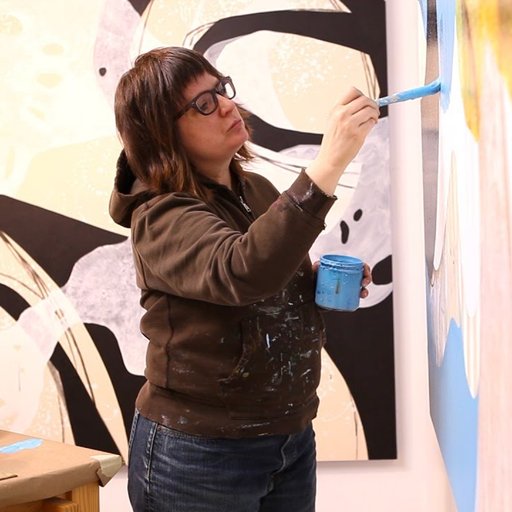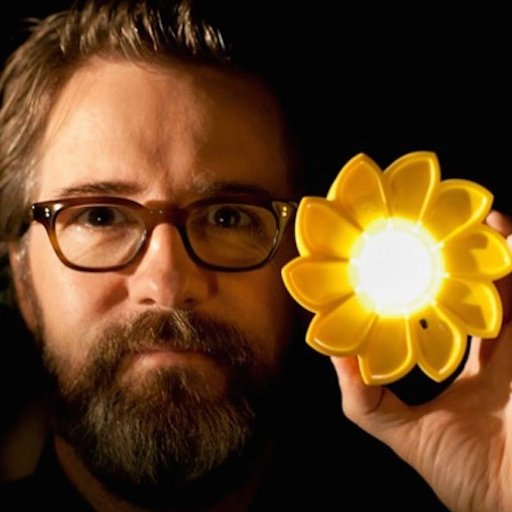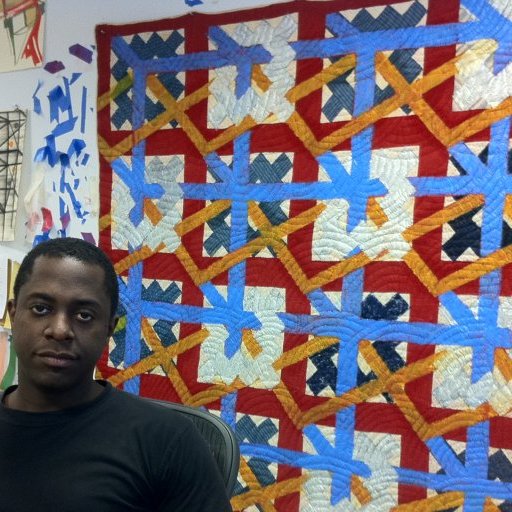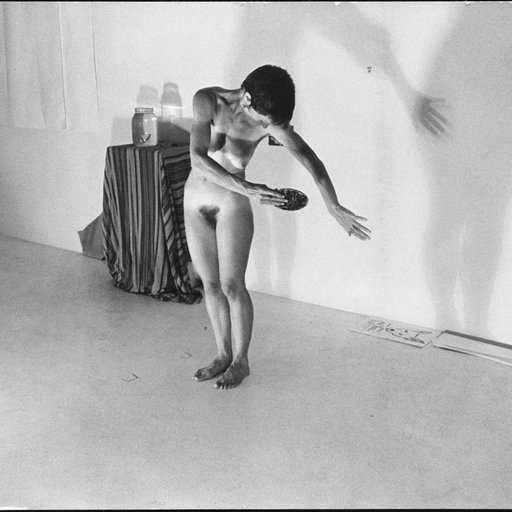Kim Kardashian may represent the apotheosis of the selfie (or the nadir, depending on whom you ask), but the brooding, contemplative, experimental, expressive self has been the subject of great art since at least the days of the Renaissance when humanistic thinking encouraged artists to turn away from their exalted patrons and plumb their own indexical depths. For a quick primer on the evolution of the genre, here are seven arresting examples of self-portraiture excerpted from the hundreds of artworks dissected in the latest edition of Phaidon's The Art Book.
FRANCESCO CLEMENTE
Self-Portrait: The First (1979)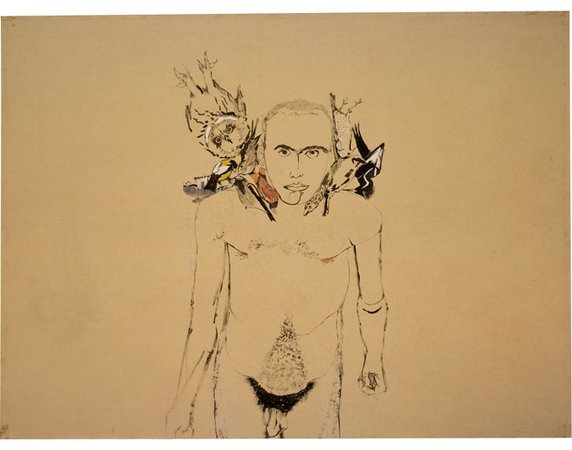
The naked artist fixes his penetrating gaze on the viewer, who feels compelled to return his look. A host of different birds rest on the artist’s shoulders. The first in Clemente’s series of large, calligraphically rendered drawings of himself, this picture illustrates the artist’s almost erotic drive towards self-exploration and self-exposure. The figure is treated in an expressive manner, while the birds symbolize the supremacy of subjectivity and imagination over reason. The work is an example of the Neo-Expressionist trend known as Transavanguardia, which focuses on expressive figurative work done on a large scale. Towards the end of the 1970s Clemente and other Italian Neo-Expressionists largely led the way in reviving figure painting. This revival may be seen partly as a reaction to non-figurative Abstract Expressionism, which dominated the art scene for many years.
GUSTAVE COURBET
Bonjour, Monsieur Courbet (1854)
In May 1854 Courbet arrived at Montpellier as the guest of Alfred Bruyas, an important patron and collector of the arts. Courbet has shown himself with a walking-stick and knapsack at the moment he was met on the road by his host, his servant, and dog. Courbet’s choice of subject, painted with stark realism and honesty, caused a great stir when the painting was exhibited at the Paris World Exhibition of 1855. Soon Courbet was heralded as the champion of a new, anti-intellectual type of art that was free from the shackles of academic history and religious painting. In turning away from literary subjects to the natural world around him, Courbet was an important influence on Édouard Manet and the Impressionists. When asked to include angels in a painting for a church, he is said to have replied, “I have never seen angels. Show me an angel and I will paint one.”
MARIE-LOUISE-ÉLISABETH VIGÉE-LEBRUN
Self-Portrait (1790)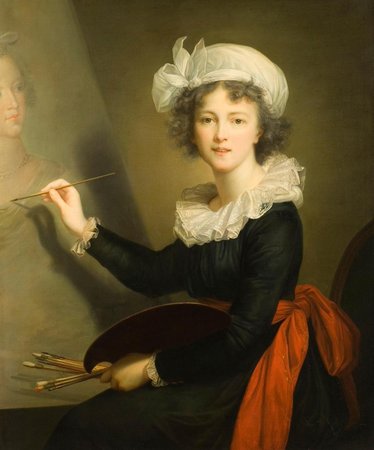
The artist sits holding a handful of paintbrushes and a palette, her right hand at work on one of the portraits which made her famous. Painted on a neutral ground, this self-portrait is brought to life by the artist’s radiant features and the rich, triumphant red of the material around her waist, which is repeated on the tip of one of the brushes. Vigée-Lebrun was noted for her wit and beauty and a sense of her charming personality is evoked by her peaceful gaze and engaging smile. Although she was aged 35 at the time of this painting, she has painted a somewhat idealized image of herself in the full bloom of innocent youth. This soft, flattering style of portraiture made Vigée-Lebrun highly sought-after throughout Europe. She excelled in portraits of women and children; her reputation as an artist was confirmed when she executed a portrait of Queen Marie-Antoinette, whom she is said to have painted 25 times.
ALBRECHT DÜRER
Self-Portrait With Gloves (1498)
The technique of placing the sitter’s arm on a sill was a well-known method of creating the illusion of proximity between the viewer and the artist’s model. Dürer may have learned this visual trick from works such as Leonardo’s Mona Lisa, which he would have seen while traveling in Italy. Dürer painted many self-portraits, a subject that was not common at the time and which can be seen as a promotion of the artist’s status in society. If a patron can be reproduced in paint, why not an artist? The landscape seen through the open window (as on the right here) was a feature often used by northern artists such as Jan van Eyck and Robert Campin. An extraordinary and prolific artist, Dürer revolutionized northern European art by combining different aspects of Netherlandish and Italian art. He is also well-known for his woodcuts and engravings which spread his fame far and wide in sixteenth-century Europe.
OSKAR KOKOSCHKA
Portrait of a “Degenerate Artist” (1937)
All the contours and peculiarities of the artist’s face are outlined in a multitude of color tones to suggest his anxiety and anger. This self-portrait shows Kokoschka as a self-proclaimed “degenerate artist” whose innovative art was suppressed by the Nazis during the war. The violent brushwork appears both spontaneous and untidy, but behind it there is control, bringing together the jarring colors into a structured whole. Kokoschka’s exaggeration and distortion of color to convey deep emotions make this painting a prime example of Expressionism, a movement to which he was deeply committed. He taught at the Dresden Academy of Art, and also wrote Expressionist drama. Many of his works, with their vivid color and restless energy, were politically symbolic. The tense situation in Germany forced him to leave Austria in 1934 for London, where he lived until finally settling in Switzerland in 1953.
CHUCK CLOSE
Big Self-Portrait (1967)
The artist, his hair bedraggled and a cigarette held between his lips, fixes our gaze. His position in relation to ours is somewhat unclear. Does he stand above us looking down? Or is it he who is below us? In actuality the viewer occupies the position of the camera held in the artist’s hands. In 1967 Close moved to New York. Abandoning the abstract paintings of his youth, the artist committed himself to the creation of large-scale photorealist portraits, of which the current work is the earliest example. By working from photographs—which the artist overlays with a grid in order to transpose accurately the image to canvas—Close creates portraits in which the gestural contribution of the painter is denied. While this was an approach that presented parallels with the systematic working methods of the Minimalist artist, the meticulous detail of his finished portraits imbues them with psychological intensity.
















